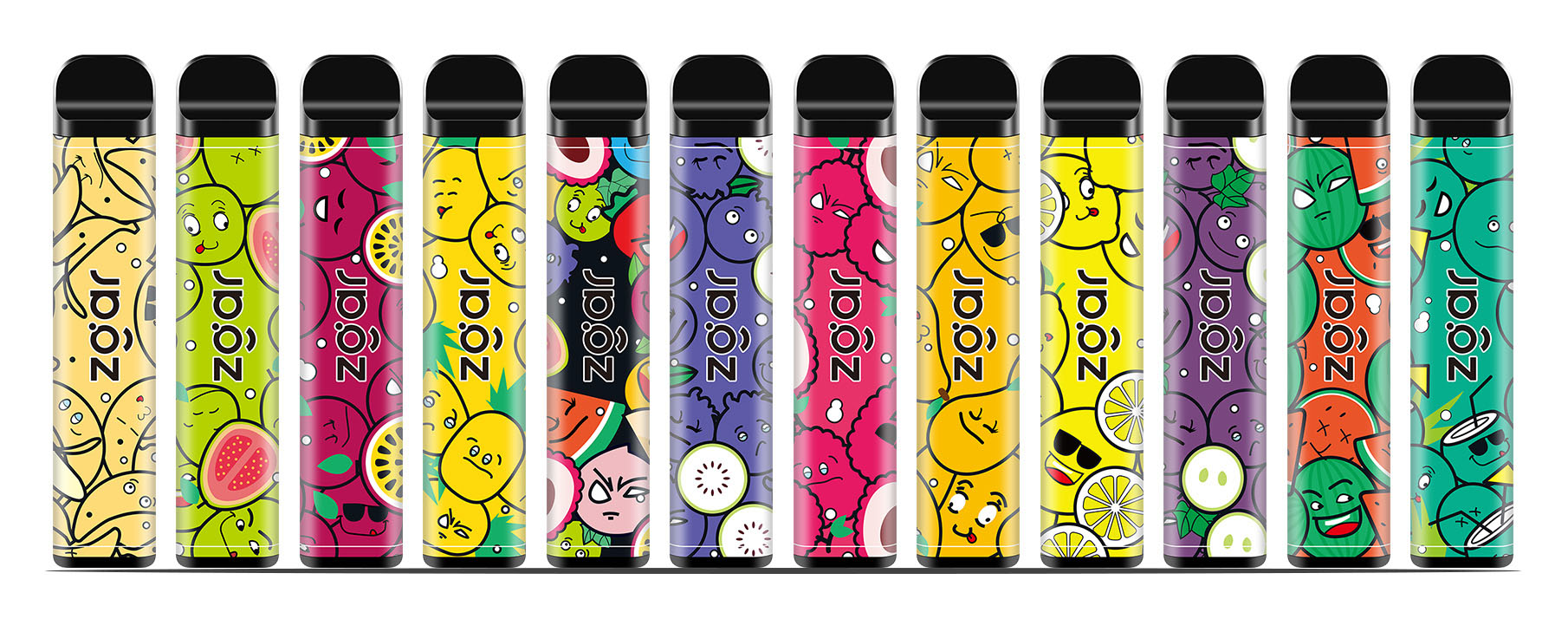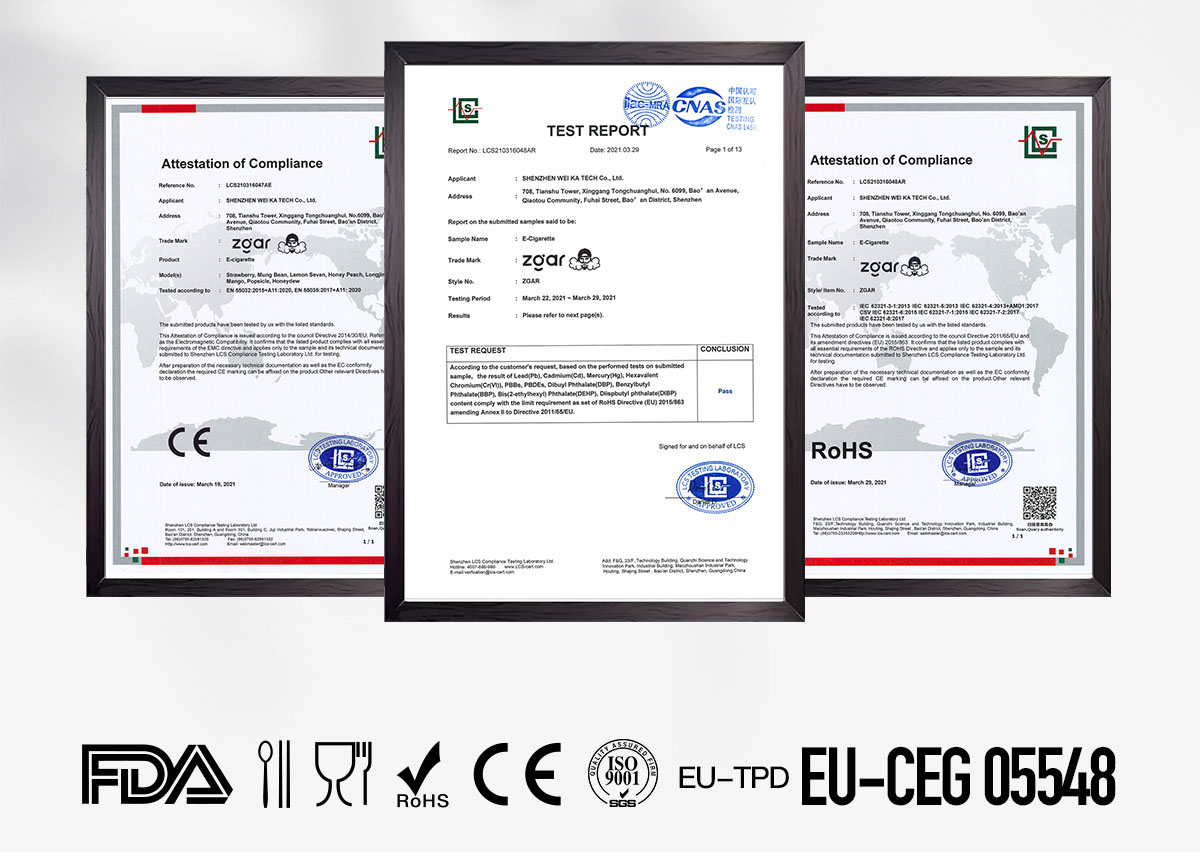Low cost CCR charging circuit schematic for rechargeable battery
Overview:
Charging has always been a challenging problem for single-cell Li-Ion batteries commonly found in portable devices such as cell phones, digital still cameras (DSCs), music players, etc., because both specific application requirements and security are required. And trouble-free charging operation. This article will discuss how to use ON Semiconductor's constant current regulator (CCR) for low-cost charging circuits in rechargeable batteries, providing a simple controller to terminate charging.
Battery Type and Charging Technology The three most common types of rechargeable batteries are nickel metal hydride (NiMH), nickel cadmium (NiCad) and lithium ion (Li- ion). The battery charging rate is indicated by the letter "C". "C" defines a battery capacity of 1.0 hour. For example, a battery rated at 800 mAh (mAh) can be charged at 0.5 C, so charging the battery fully requires charging at 400 mA for more than 2 hours. Figure 1 is a basic block diagram of a charging circuit.

Figure 1: Basic block diagram of the charging circuit
1) Nickel-metal hydride and nickel-cadmium batteries Nickel-metal hydride batteries are rated at 1.2 V/section and should be charged at voltages up to 1.5-1.6 V/k. There are several different techniques that can be used to determine when to interrupt charging, including: peak voltage detection, negative delta voltage, delta temperature (dT/dt), temperature threshold, and timer. For high-end chargers, these technologies are likely to be used in combination with one charger.
The CCR charger is a peak voltage detection circuit that terminates charging at a predetermined peak and provides a suitable solution for charging the above battery. Its predetermined peak voltage is 1.5 V / knot, which can charge the battery to about 97%. Nickel-cadmium batteries can be charged using this circuit. Its performance is very similar to that of NiMH batteries, so this method is very suitable.
2) Lithium-ion battery For lithium-ion batteries, the usual charging method is to charge the battery to 4.2 V/section by trickle charging at 0.5C to 1C. During the charging process, the temperature rise of the lithium-ion battery should be kept below 5 °C, and a higher temperature rise indicates that self-ignition may be caused. During the charging cycle of the charging part, the battery temperature rises the most and is most likely to spontaneously ignite. Due to this problem, high-end charging can use smart ICs (such as ON Semiconductor's NCP1835B) to monitor and control the charging process of lithium-ion batteries.
(Please read the PDF for details)
Disposable electronic cigarette
Our products include disposable e-cigarettes, rechargeable e-cigarettes, and various of flavors of cigarette cartridges.We have our own professional team and competitive quotations for any OEM or ODM works.
We supply OEM disposable vape pen,OEM disposable electronic cigarette,ODM disposable vape pen,ODM disposable electronic cigarette,OEM/ODM vape pen e-cigarette,OEM/ODM atomizer device.
12 Flavors : Guava .Mango Ice .Passion Fruit .Mixed Fruit .Blueberry .Litchi Ice .Mango Ice .Lemon .Grapes.Watermelon .Banana Ice .Coconut




Disposable E-Cigarette,Electronic Cigarette Pod Pro,Atomizer Device Vapepod Pro,Atomizer Device Zgar Pod Pro
Shenzhen WeiKa Technology Co.,Ltd. , https://www.zgarvapepen.com